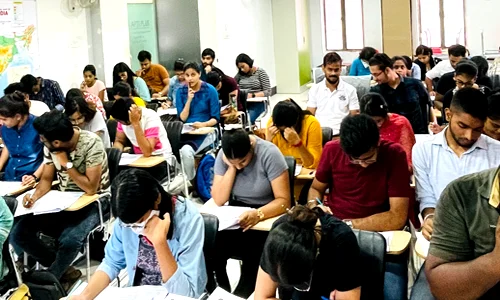



Shaniwar Wada in Pune was the grand residence of the Peshwas, the Prime Ministers of the Maratha Empire. Built in 1730 by Baji Rao I, it served as a center of administration, military strategy, and cultural life. The fort is known for its impressive architecture, including court halls, mirror halls, and fountains. Mastani, Baji Rao’s consort, also resided here, reflecting the era’s cultural tolerance. Though largely destroyed by fire in 1827, its ruins and gates remain an important symbol of Maratha history and heritage.
Click to View More
The Archaeological Survey of India manages over 3,600 monuments, it faces significant challenges like underfunding, encroachments, and environmental threats. To counter these, the ASI must adopt modern technology, encourage more public-private partnerships, and increase citizen engagement in heritage preservation.
Click to View MoreThe debate over linguistic division of states began in 1920, with the Indian National Congress initially supporting linguistic boundaries. However, the Dhar Commission rejected language as a primary basis for state reorganisation. The 1953 Andhra State was the first created on a linguistic basis. The 1956 Act unified states, enhancing democracy, cultural preservation, and reduced separatism.
Click to View More
© 2025 iasgyan. All right reserved